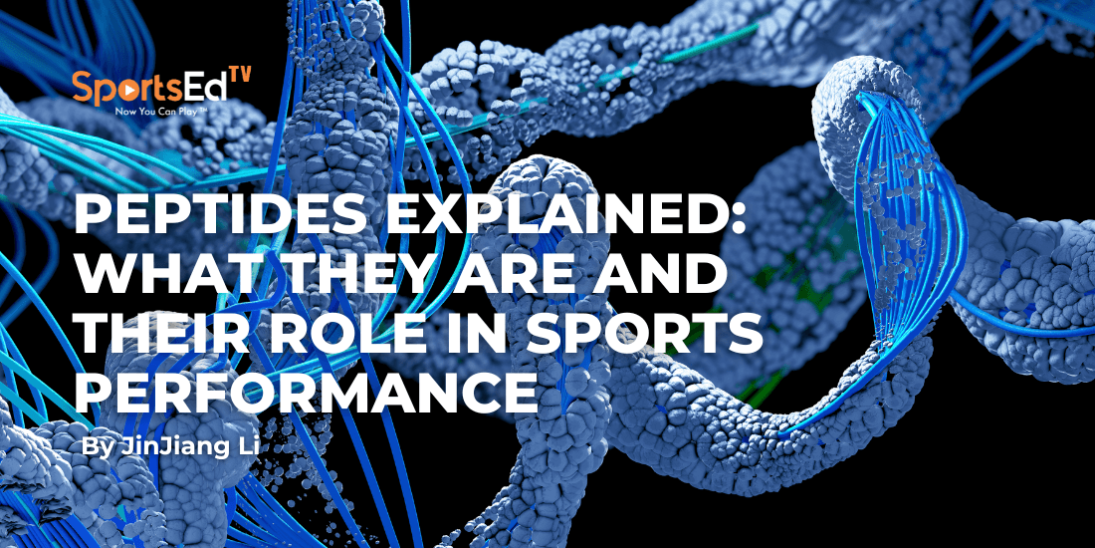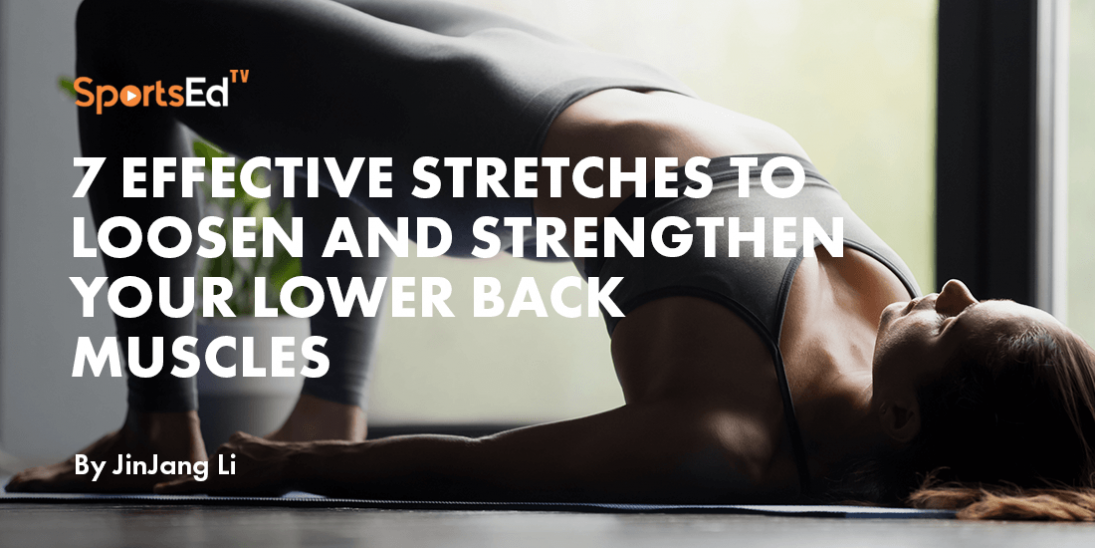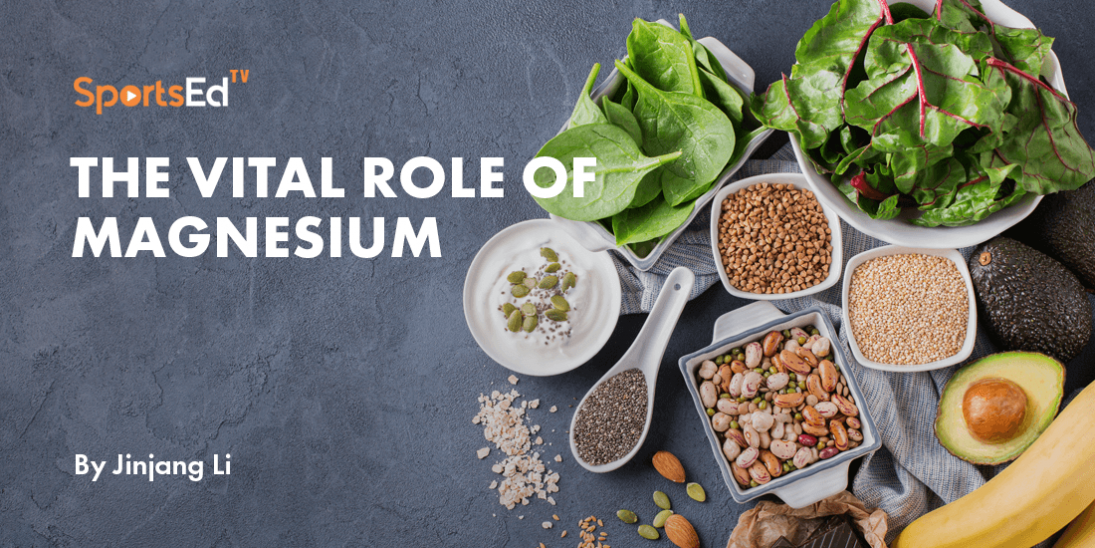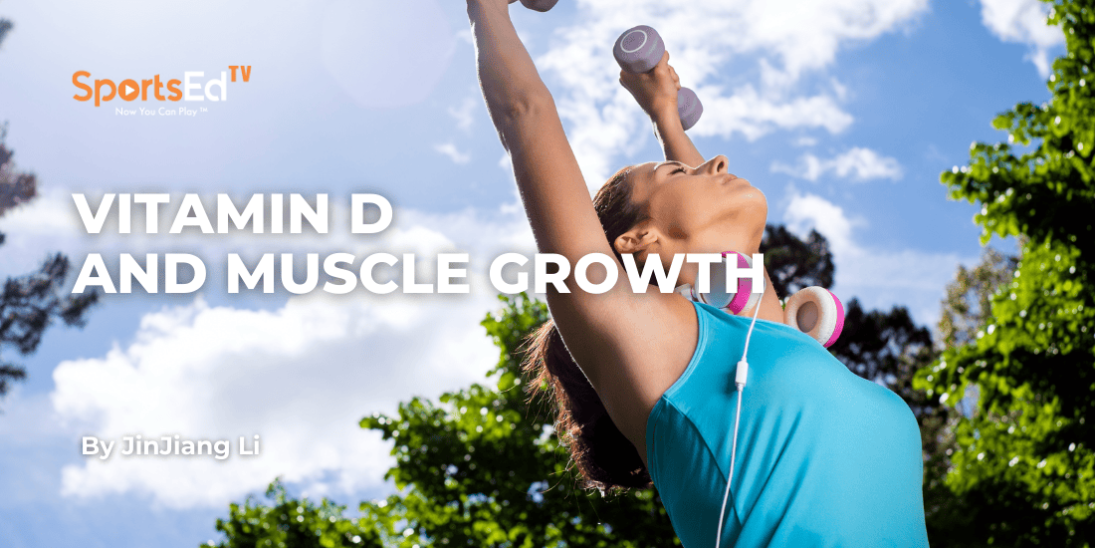Pickleball
Welcome and thanks for visiting...

Upper Body Post-Game Stretching: A Key to Maintaining Flexibility and Health in Pickleball
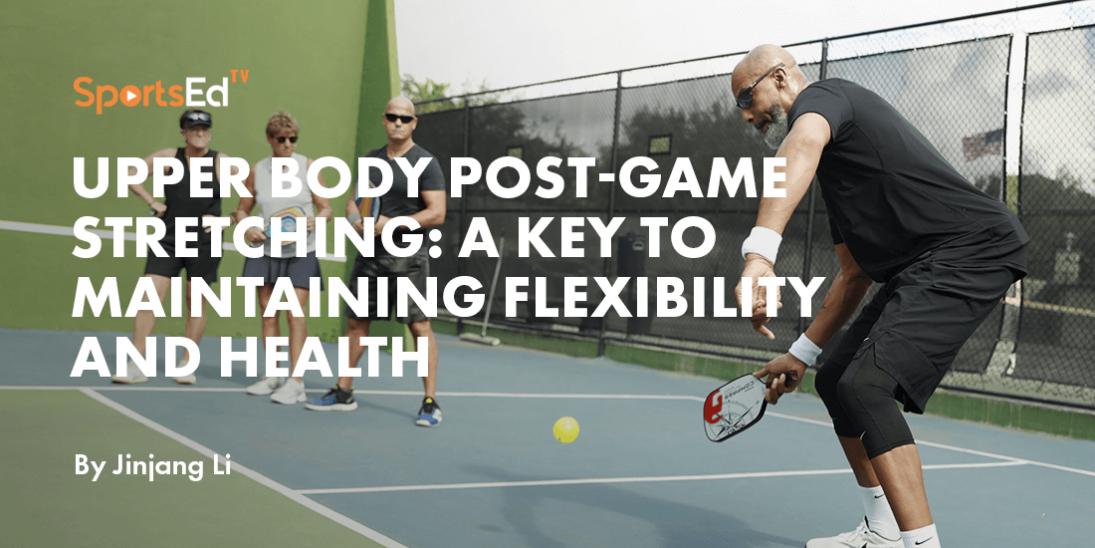
Following an intense pickleball match, employing static stretches is essential to lessen next-day soreness. These stretches are crucial for improving or maintaining joint flexibility, which is key for efficient movement and energy utilization in pickleball. Achieving a painless and good performance in this sport relies heavily on being in good physical condition and being able to direct energy for robust play effectively.
Maintaining joint alignment is necessary to ensure optimal performance. Structural imbalances can result in energy loss at the joints. Consider a building analogy: consistent wall heights and lengths are essential for stability. In the same way, your body relies on balanced musculature and connective tissues for proper alignment. Imbalances, such as one side being less flexible, can disrupt your overall physical balance.
Per the Mayo Clinic, enhanced flexibility from regular stretching can boost performance in physical activities and lower the likelihood of injuries. This is achieved as stretching aids in achieving full joint movement and optimal muscle function. Additionally, stretching promotes increased blood circulation to the muscles.
Key Stretching Routines for Upper Body and Shoulders in Pickleball
Anterior Shoulder Stretch
This exercise focuses on the Deltoid muscles, aiding in injury prevention and recovery. It's a common component of post-game stretching routines for pickleball players.
Posterior Shoulder Stretch
Targeting the rear Deltoid muscles, this stretch is crucial for avoiding shoulder injuries. Include it in your routine, particularly after intensive games, to promote muscle healing and reduce injury risk.
Pectoralis Muscle Stretch
Focusing on the chest muscles, this stretch helps address shoulder posture issues. Activities that strain these muscles, such as repetitive paddle swings, often lead to tightness. Regular post-game stretching can alleviate shoulder posture imbalances.
Back and Shoulder Stretch
This stretch targets the back and rear shoulder muscles. A tight back can restrict shoulder movement. Incorporate this stretch to address posture issues and enhance muscle recovery after intensive upper-body activity.
Internal Rotators Stretch
Essential for pickleball players, this targets the often-overworked internal shoulder rotators. Frequent use can address postural issues and assist in muscle recovery. The forward tilt in many players' dominant shoulders results from an imbalance in rotator strength, a key factor in powerful play.
Rotator Cuff Muscle Stretch
Concentrating on the rotator cuff and surrounding muscles, this stretch is vital for reducing shoulder injury risk, particularly after intense overhead shots.
Stretching Arms and Wrists for Pickleball Players
Overhead Arm Stretch
Crucial for flexibility and injury prevention, this stretch is particularly important after extensive overhead shots. Given the triceps' role in pickleball, it's a necessary part of any stretching routine.
Forearm Flexor Stretch
This exercise aids wrist flexors and should be a routine part of injury prevention, especially to address risks associated with repetitive wrist movements in the game.
Forearm Extensor Stretch
Targeting wrist extensors, this stretch is key to alleviating wrist discomfort. Overuse during vigorous play can lead to pain, making this stretch essential post-game to prevent issues and aid recovery.
The Ideal Time for Static Stretching in Pickleball
Static stretches are not typically used as a pre-game warm-up in pickleball. Why? They can reduce muscle tension, possibly leading to decreased power. In short, static stretching might affect your quick movements during play. It's best reserved for post-game routines.
The Importance of Professional Stretching Guidance for Pickleball Players
In pickleball, professional stretching guidance is invaluable. When administered by professional stretching practitioners, such as those at Stretch Zone, the benefits are significantly enhanced. These practitioners have a deep understanding of muscle anatomy and individual stretching needs. Their hands-on approach ensures proper stretch execution and focuses on specific muscles and problem areas. Entrusting your recovery and flexibility training to such professionals can lead to improved mobility, decreased injury risks, and better overall physical conditioning. While stretching independently is beneficial, professional guidance transforms it into a crucial component of a player's overall health and performance strategy.




